World's first "stretchable" OLED display to be unveiled by Samsung this week
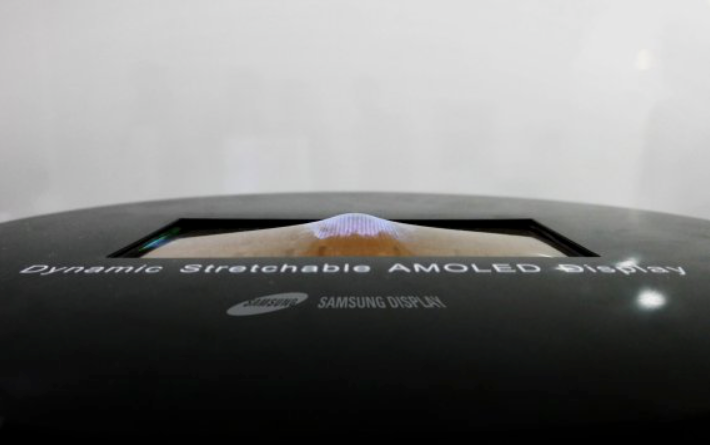
Display Week is an event name you might want to remember, as many major panel manufacturers will showcase their latest inventions during the exhibition held throughout this week in California.
Samsung's display division will perhaps intrigue mobile fans the most, as the subsidiary is said to introduce the world's first "stretchable" OLED display at the conference. According to Korean media outlets which first reported the news, the stretchable display is "the most advanced flexible display" to date.
A 9.1-inch display that can bend in both directions
The specific panel that is to be showcased at Display Week on Tuesday will sport a diagonal of 9.1 inches and can bend up to 12mm (about 0.47 inches) in both directions while retaining a high resolution.
This may not sound as that big of a "bend", but we have to remember that this technology is still in its early stages of development and will undoubtedly be perfected in the future. Currently, it is too early to tell whether we will actually see a smartphone bearing such a screen.
A Samsung Display representative explained just how advanced this new cutting edge technology is:
While current flexible OLED is able to be transformed in only one side, this stretchable OLED can be transformed -- whether curved, bended or rolled -- in both sides, above and below
Possible applications for this South Korean technological marvel include utilization in the wearable and automobile industry, artificial intelligence, and Internet of Things.
High-end Samsung panels that we're more likely to see on mobile
Stretchable screens may sound cool and all, but let's face it - the tech doesn't look like its ready for mass production in the near future. However, The Korea Herald also mentions two other Samsung panels which we could see being employed sooner on mobile.
A glassless 3D OLED panel is also reportedly at the show. The 5.09-inch screen can be used for a more immersive multimedia experience and VR, as it can portray real objects in-panel which are seen differently depending on where the viewer is standing.
Another interesting exhibit from Samsung is a 1.96-inch ultra-high-definition LCD display. With a resolution of 3840 x 2160, its small size works out a pixel density of 2,250ppi. For comparison, the Samsung Galaxy S8's screen only boasts the "modest" 570 pixels per inch.
The primary applications for such UHD displays will most likely be related to AR/VR, but breakthroughs in battery tech will also be needed in order for them to be employed on smartphones, as their power consumption could very well be astronomical.
source: The Korea Herald; Yonhap News



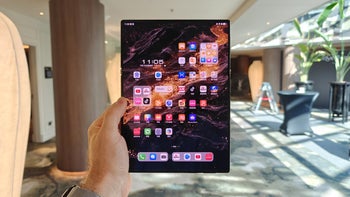


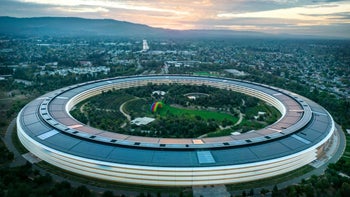
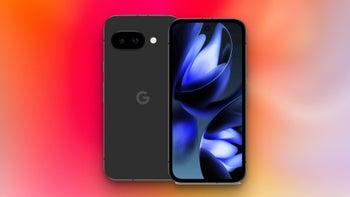
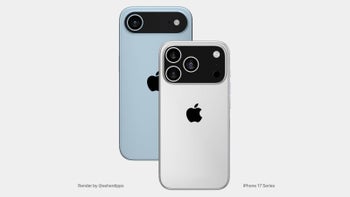
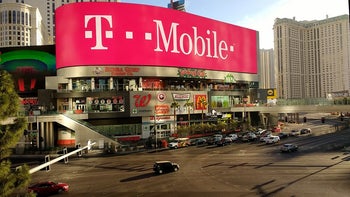
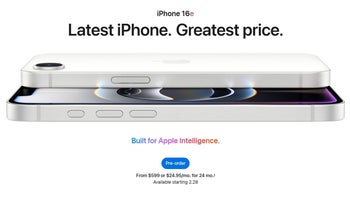
Things that are NOT allowed: